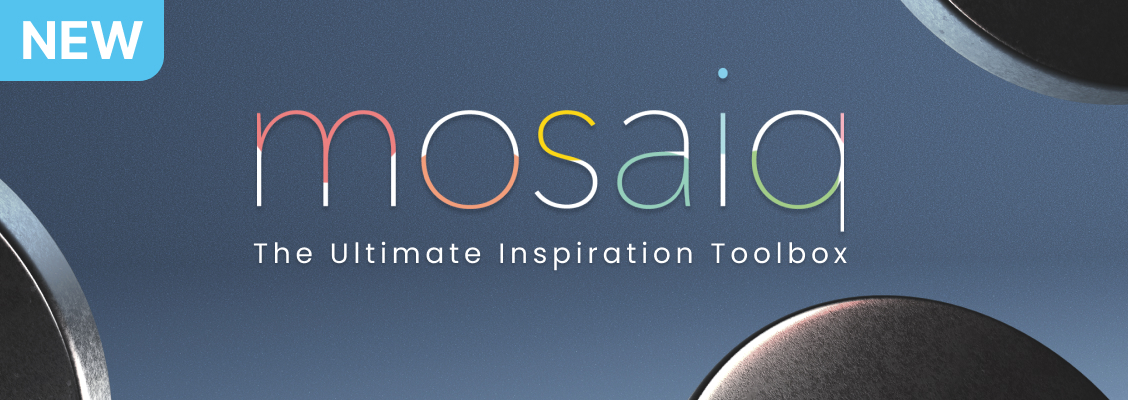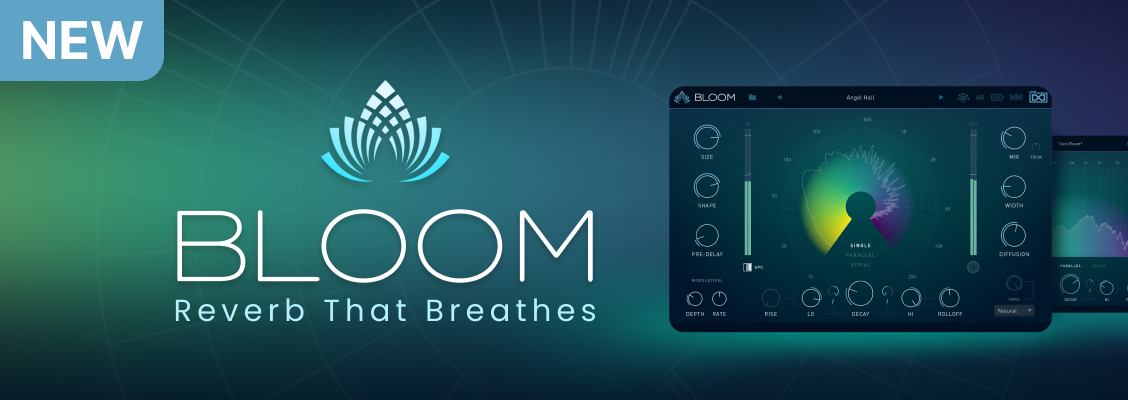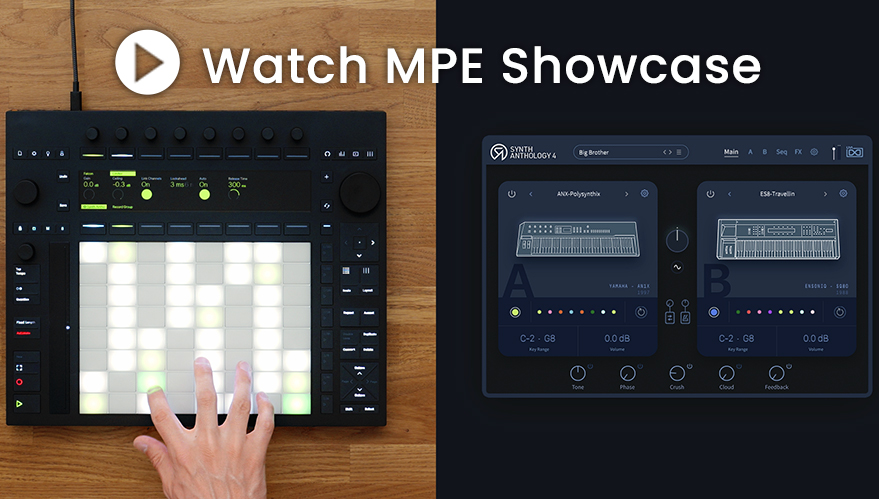

Synth Anthology 4 introduces new levels of expressivity with native MPE support, which allows MPE MIDI controller users to play expressively each of its 4,000 layers. Join us as we delve into the revolutionary MPE technology, and unveil how it transforms the way you interact with sound.
MIDI Polyphonic Expression (MPE) is an extension of the MIDI standard that allows association of individual parameter controls with each note, rather than globally per MIDI channel. This way of using MIDI enables MPE-compatible devices to control multiple parameters of each note in real time, for more expressive instrumental control.
Since its creation in 1983, the MIDI standard has evolved considerably. One of its main evolutions was the creation of the MPE (MIDI Polyphonic Expression) standard, officially adopted in recent years by the MIDI Association, but pioneered for decades by such great names in electronic instrument design as Roger Linn, Keith McMillen, Lippold Haken and John Lambert.
This new technology has taken computer composition and the world of synthesizers to a new level of realism, experimentation and expressiveness.
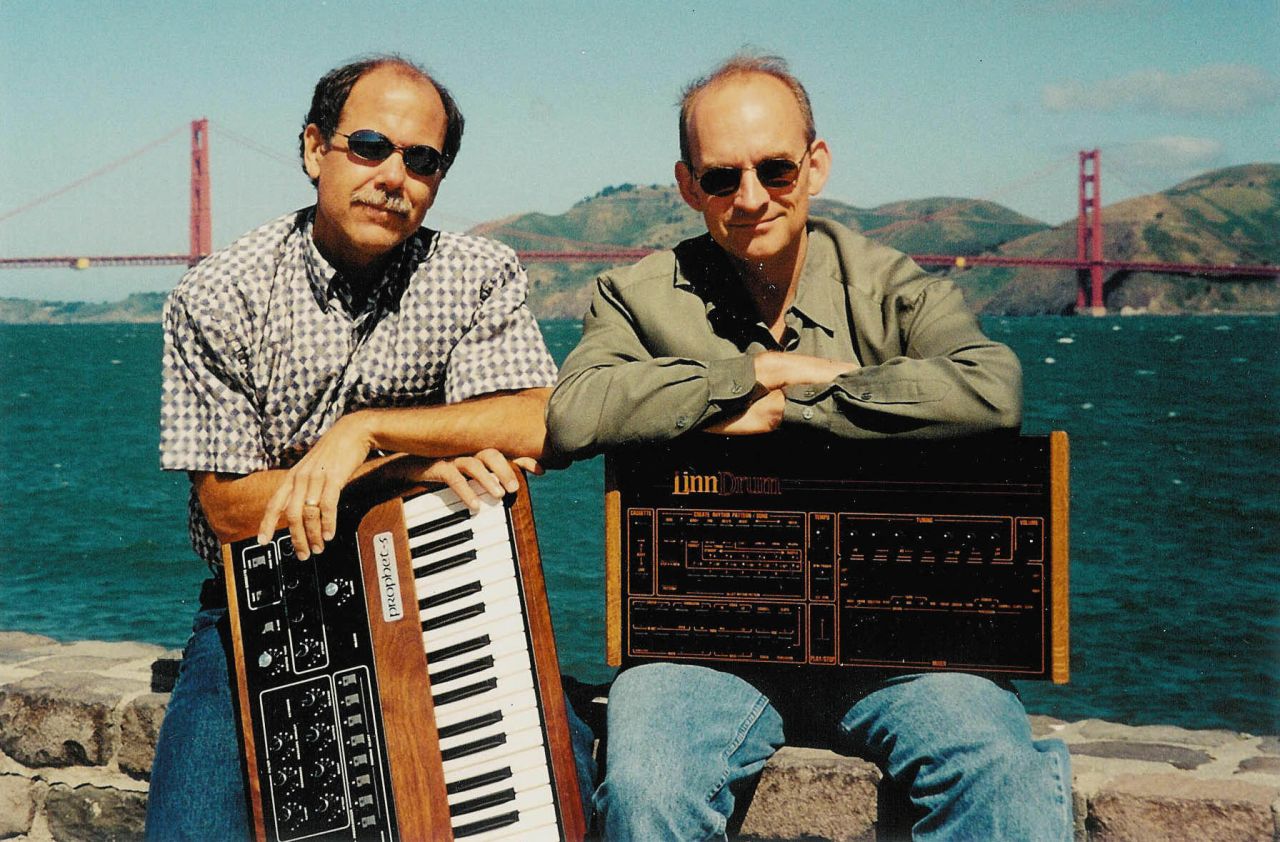
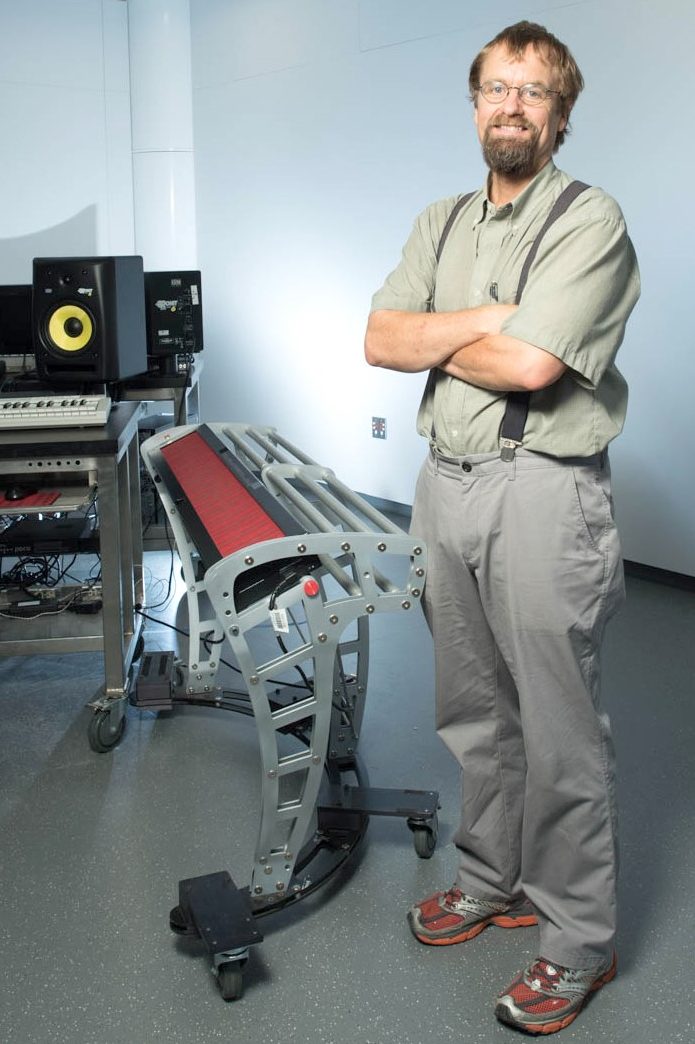
With Synth Anthology 4, our developers worked hard to give you access to this new form of expressivity with this incredible collection; representing years of sampling, restoring and processing thousands of layers from hundreds of synths, old to modern, obscure to mainstream.
There are 3 primary modulations featured in Synth Anthology 4: Pitchbend (per key) which maps automatically when you turn on the MPE, Aftertouch, and CC74, which you can map as you like to the gain and cutoff of each of the two layers.
In most MPE controllers CC74 and Aftertouch are modulated with pressure and slide, allowing you to completely control your sound with your fingertips. Here are examples on three controllers:
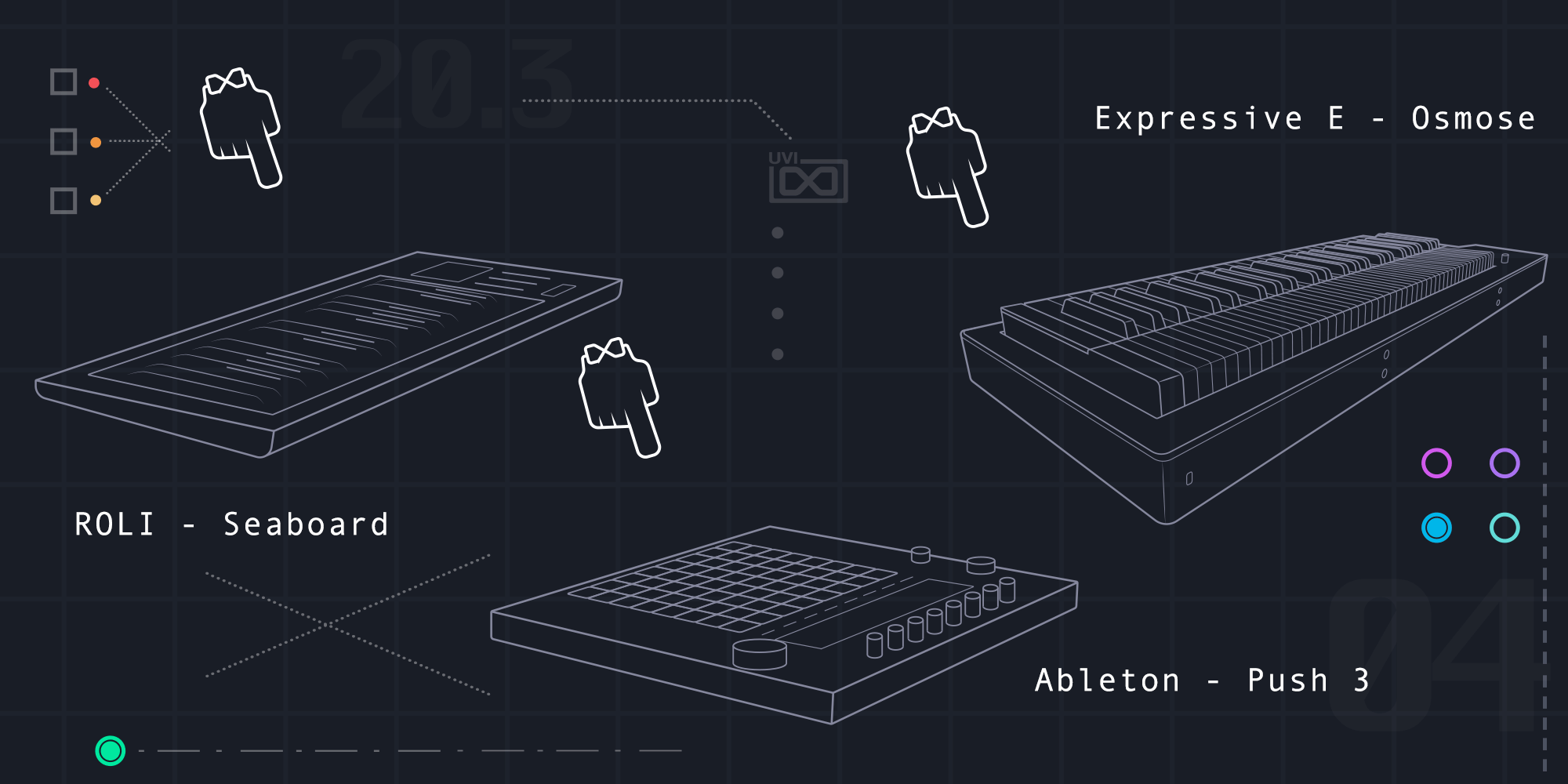
Small tips: we advise you to use "continuous" sources to modulate with the MPE. If you use "one-shot" sources (that don't loop), you'll have a control time that's too dependent on the sample's envelope, and therefore much less scope for interaction.
UVI Focus
- UVI Focus - Throwback 2025 - Sometimes, we just want to rewind
- UVI Focus - Augmented Choirs: A Vocal Odyssey Between Tradition and Innovation
- UVI Focus - Creating Immersive Experiences: The Power of Post Production and Foley Sound Design
- UVI Focus - Behind the Sound: The approach powering SonicBundle
- UVI Focus - In conversation with Tonnerre
- UVI Focus - Discover 5 reasons why you need Mosaiq
- UVI Focus - A look at our most celebrated products
- UVI Focus - Rediscover iconic sounds with Doctor Mix
- UVI Focus - Throwback 2024, a year of releases
- UVI Focus - The Art of Tape: Tape Suite and the Revival of analog Techniques
- UVI Focus - Exploring the legends behind Quadra Modular
- UVI Focus - When Creativity Meets Innovation
- UVI Focus - Key Suite's 5 Rare & Unconventional Machines
- UVI Focus - In Conversation with Jean-Claude Chapuis
- UVI Focus - In Conversation With Venus Theory
- UVI Focus - HX-20: Reviving the MS-20 inspiration in 5 timeless tracks
- UVI Focus - In Conversation With Jon Carin
- UVI Focus - 2023 Throwback - A year of inspiration
- UVI Focus - 10 Falcon Power-Features You Should Know
- UVI Focus - Soul Bass & Soul Drums: A Dynamic Duo
- UVI Focus - Synth Anthology 4 - Experiencing Sound Design with MPE
- UVI Focus - The story of KAWAI
- UVI Focus - In Conversation With Antoine Martin
- UVI Focus - Advanced Sound Design Techniques with Falcon Expansions
- UVI Focus - Phasor: The Story of a Mythical Effect
- UVI Focus - 5 Key Features of Percussion Factory 2
- UVI Focus - The story of Vintage Vault 4
- UVI Focus - In conversation with Lou Wiss
- UVI Focus - 7 Hidden Gems of Toy Suite
- UVI Focus - PX Guitar Syn, A Piece of Hybrid-Instrument History
- UVI Focus - In conversation with Jordan Rudess
- UVI Focus - IRCAM & UVI, a successful pair
- UVI Focus - Behind-the-scenes of Soul Drums
- UVI Focus - Deep Dive into Synth Anthology 4's modular rarities
- UVI Focus - Deep dive in Falcon's 'Texture' Oscillator
- UVI Focus - In conversation with Simon Stockhausen
- UVI Focus - Deep dive in World Suite 2's Oriental Ensemble
- UVI Focus - Exploring Key Suite Bundle Edition
- UVI Focus - Behind-the-scenes of Walker 2
- UVI Focus - In action with Dual Delay X
- UVI Focus - In action with Shade
- UVI Focus - In conversation with Guillaume Roussel
- UVI Focus - Behind-the-scenes of Augmented Orchestra
- UVI Focus - Behind-the-scenes of UVI

